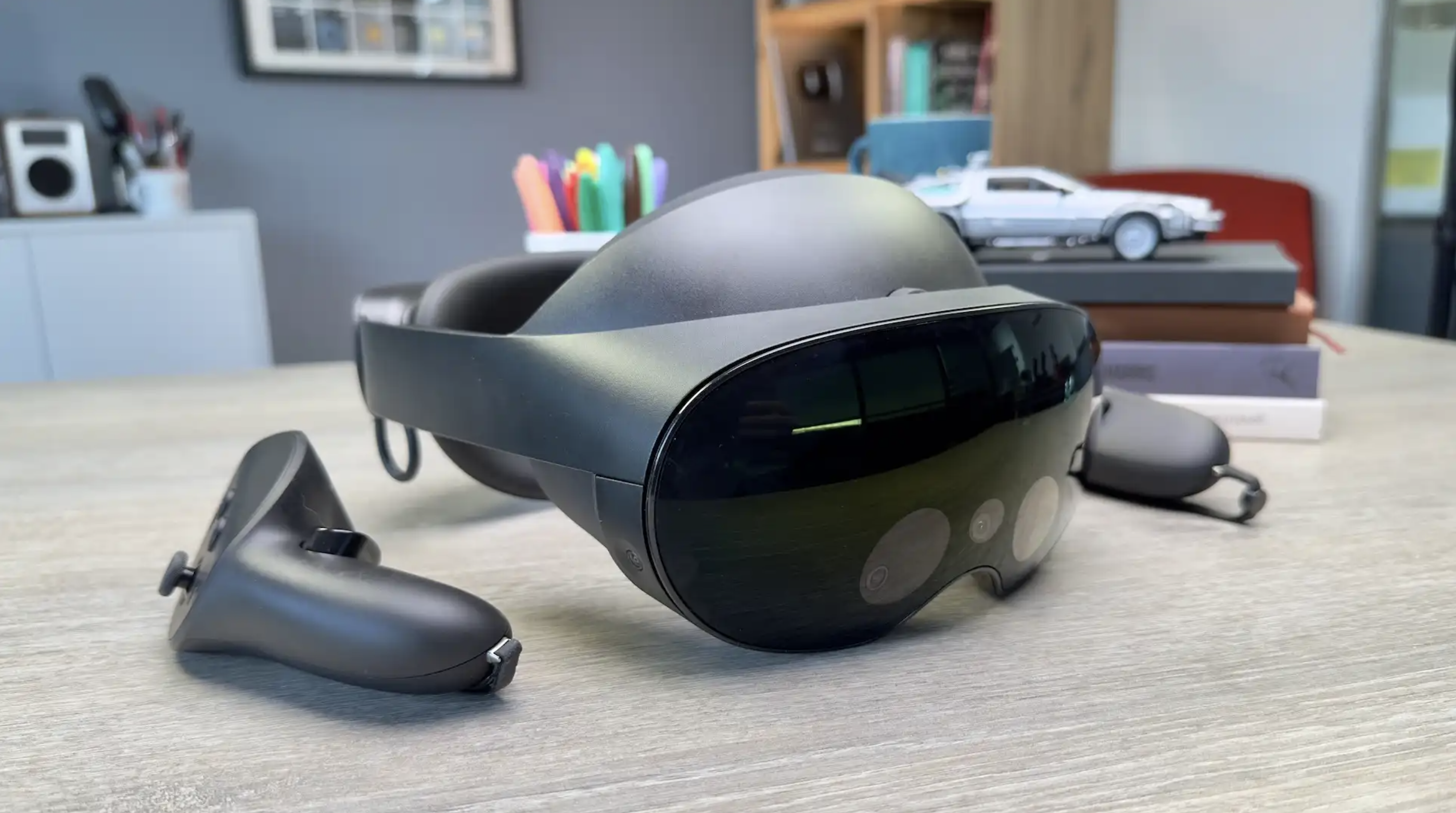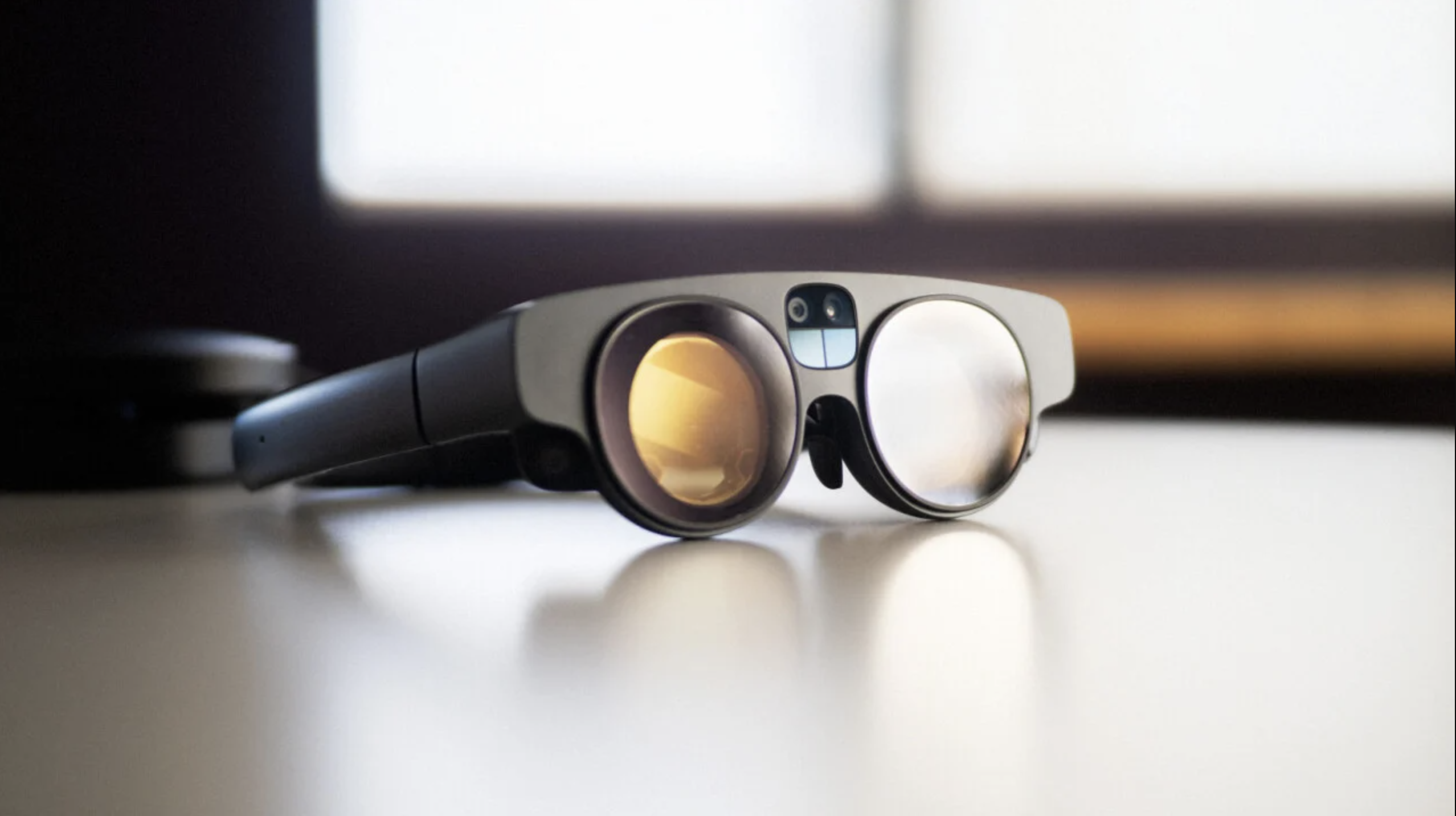What’s new in the VR and AR shelf?
Augmented reality and virtual reality have been advancing rapidly, with each new release bringing exciting developments to the table. As someone who’s been researching AR and VR for a while now, I can say that there are some benefits of working with such cool technologies. For one thing, it’s easy to try out the newest gear from top companies.
Researching headsets makes it possible to get your hands on cutting-edge technology without breaking the bank. Even better, resellers are often happy to bring the latest products directly to you, so you can try them out in the comfort of your own workspace. Recently, I had the opportunity to try out the latest VR headset from Meta, the Quest Pro, as well as the Magic Leap 2 AR headset from Magic Leap. Both probably represent the state of the art in the two different technologies of augmented and virtual reality. It was exciting to see how these technologies are advancing, even though they still present a few flaws that make them far from ready for the mass market.

Meta Quest Pro from Meta. Source: Lewis Painter – Foundry.
Starting from virtual reality, one of the evident improvements of the Meta Quest Pro from its predecessor, the Quest 2, is its enhanced comfort. This is thanks to the battery pack being moved to the back of the head, the compact lenses pack developed by Meta, and the cushions and spacers that make the headset light to wear. While the resolution remains the same as the Quest 2, the Meta Quest Pro features better screen technology (QLED) and a (usually expected) increase in memory and storage. The new sensors, especially face and eye tracking, are incredibly interesting for remote collaboration applications and can really enhance the immersion of your peers in the so-called metaverse. The addition of RGB pass-through cameras is also a huge plus, as the previous model only had grayscale cameras.
However, there are a few drawbacks to be aware of. The pass-through video quality is still quite raw and doesn’t seem to be suitable for prolonged use in XR mode. It’s more useful for quickly checking the surroundings while developing. Another drawback is the battery duration, which doesn’t seem to last much more than a couple of hours during intense usage. Even keeping it plugged in, the battery doesn’t seem to charge fast enough to forget about its charging status. This can impede prolonged demo sessions and break the developing flow.
A final note about the recent price drop (~30%) of the model, whose reasons are unclear. On the one hand, it could be a strategic move to shake up the market, increase sales and gain market share. On the other hand, it could be an attempt to give away models before the release of the future one later this year. Whatever the reason, it’s clear that the VR market is incredibly competitive and moves at a rapid pace. For early adopters who paid the full price for the device, this drop might be frustrating. But for those looking for a deal, could be an excellent time to get a quality product at a lower price point.

Magic Leap 2 AR glasses. Source: Magic Leap.
Moving into augmented reality. The Magic Leap 2 it’s incredibly light and comfortable to wear. This is a huge plus for anyone who plans to use the device for extended periods of time, especially in a work-related context. But the most impressive feature of the Magic Leap 2 is its field of view. This has long been a bottleneck for AR devices, but the Magic Leap has managed to dramatically increase it. The device now covers all the space within the frame of the goggles, eliminating the “window effect” that previously made the AR experience less convincing. Additionally, the dimming function is a surprising feature that occludes the lenses with a black filter, making the device almost like a VR headset when activated. The dimming function has a ‘segmented dimming’ option which works only behind the virtual object visualized. It aims to remove transparency of the AR content, which is the second barrier to a perfect AR experience. While giving kudos to the company for the ground-breaking feature, it isn’t accurate enough to follow the object’s boundaries, resulting in a dark aura that isolates the object from the context. Finally, the image quality of the trial apps, in terms of resolution, texture, and lighting quality, was not as impressive as I expected in terms of realism. Despite this, the Magic Leap 2 is a big step ahead in the AR market and the newly introduced features look very promising.
From the comparison of the latest models, VR emerges as a more mature technology. AR is still in earlier stages of development, even though progressing very fast. The recent news that Apple has postponed indefinitely the launch of their AR headset is a testament to the difficulties inherent in creating convincing, high-quality, mass-market-ready AR glasses. This news shows two things: firstly, the fact that they postponed and not canceled means that it is still appealing and there are market applications to be seized. Secondly, it is evident that technological breakthroughs are still required to reach the level of readiness required for the mass market. It will be exciting to see what the future holds for both VR and AR.
The views and opinions expressed in this blog post are independent and purely personal from the author. The author has not received any funding or other incentives from the companies producing the products described in this post.


Add a Comment